If you shared an office, it’s likely that you had procedures in place to ensure employees maintained acceptable levels of performance. However, the shift to a remote workforce also means you need to deal with new challenges, and those strategies may now be outdated.
Let’s explore some common causes of underperformance in distributed teams and how you can leverage technology to address them and ensure high productivity.
It is important to note that underperformance is relative and does not always indicate rebellion, laziness, or incompetence. As we have hinted above, some of your remote team members might be performing below their potential or expected levels (while others might be more productive) due to the numerous changes accompanying remote work.
That said, being attentive to your people’s needs and finding the right digital solutions to address their challenges can help you build a positive and productive remote workforce.
Here are some effective tools to help you overcome common causes of underperformance in a remote workforce:
1. Slack to Overcome the Lack of Communication
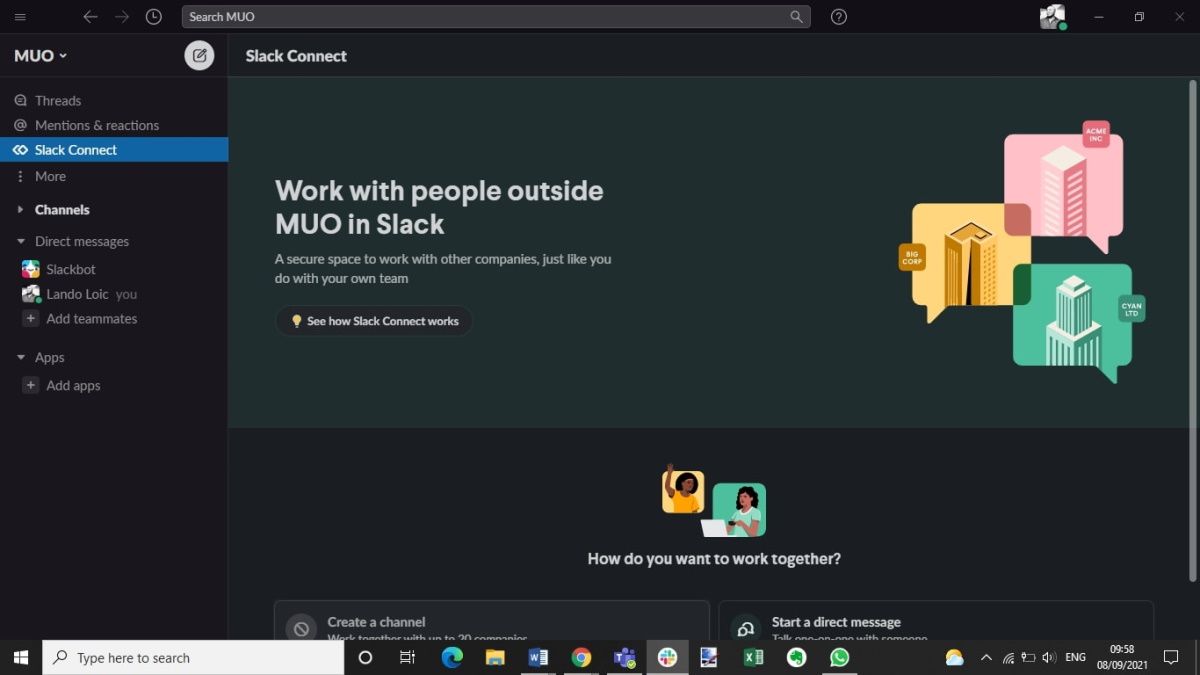
Since most of your workforce is likely scattered across different parts of the globe, you need to ensure that they communicate well with each other. Effective communication is a cornerstone in any workplace, and it becomes more relevant when you are no longer confined to the same physical space.
You simply cannot hope for good results when everyone is talking around in circles and doesn’t really know what’s going on or who’s doing what. This type of environment will inevitably lead to frustration and, eventually, underperformance.
Slack is a practical internal communication tool that can help you overcome the challenges of communicating with a distributed workforce. This messaging app lets you keep in touch with your people through messages, and audio and video calls. You can use Slack to create channels (groups) based on projects, departments, or other specific functions.
In addition, Slack lets you integrate a wide range of third-party apps like Asana, Trello, Google Drive, and more, allowing you to avoid context switching and boost productivity.
2. Donut to Manage the Lack of Connection
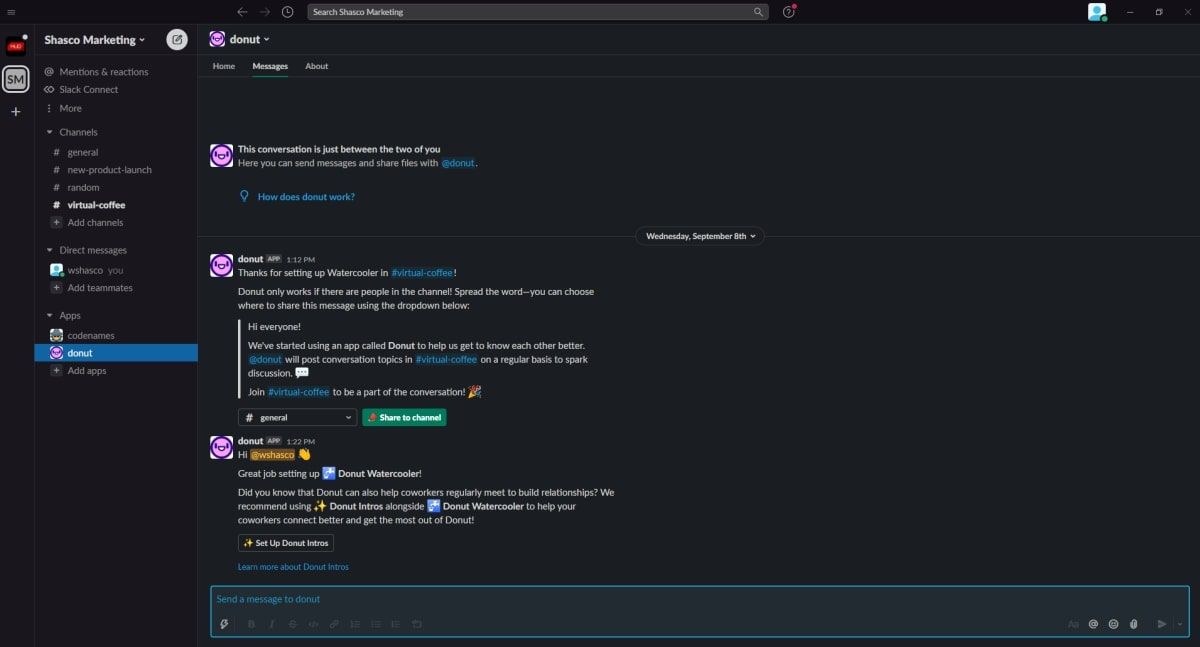
Isolation might be a significant challenge for some members of your distributed team. While introverts typically work better on their own, their more extroverted colleagues might find this kind of environment frustrating and become less productive as a result.
Although you will probably not be able to recreate the energy and camaraderie usually associated with the physical office, you can use tools like Donut to maintain a healthy degree of social contact within your remote team that can help boost productivity.
Donut is a Slack app that enables your distributed teams to connect around a virtual water cooler for casual interactions that help create meaningful relationships. After adding Donut to your Slack workspace, it will automatically pair colleagues for virtual coffees, connect new hires with onboarding buddies, and begin learning partnerships, just to name a few.
While we are still on fun Slack apps for your remote team, you can also add Kona to help overcome burnout. This tool enables you to build a habit of checking in on your people, getting a pulse of the team, creating a safe space for meaningful conversations, and more.
3. Nectar to Deal With the Lack of Recognition
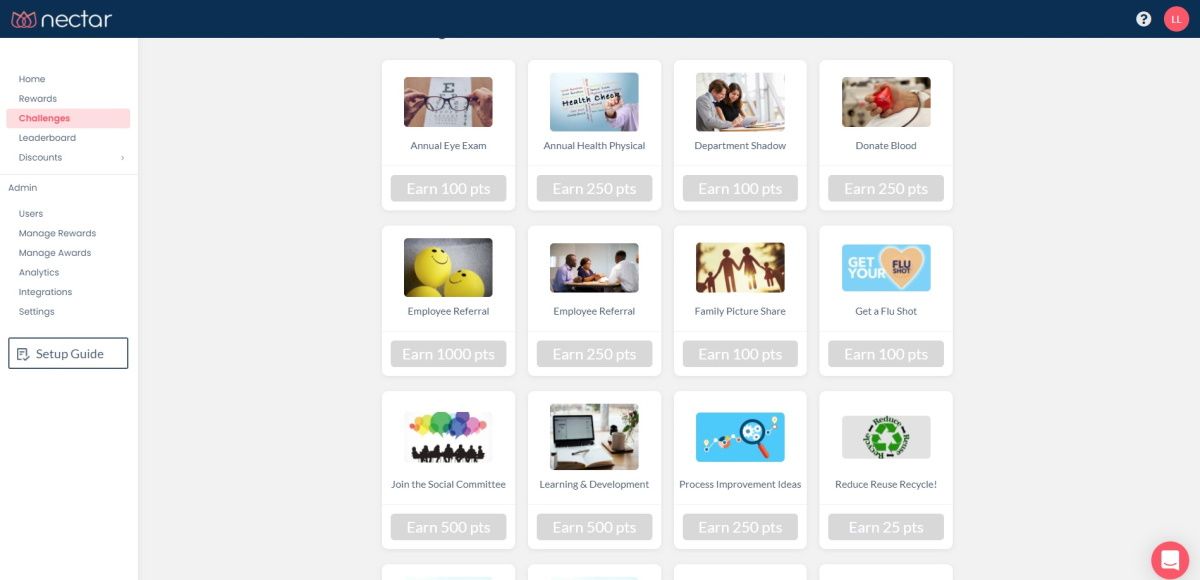
Another possible reason for underperformance in your remote workplace is the lack of motivation and recognition. It’s only natural to crave appreciation for a job well done, and your people are much more likely to be productive when they feel motivated, valued, appreciated, and rewarded for their hard work.
So, how can you achieve this when you are thousands of miles apart? You can leverage employee recognition tools like Nectar to develop a culture of appreciation within your remote workforce.
Nectar is an employee recognition tool that lets you celebrate milestones, set up rewards like Amazon items and digital gift cards, and recognize top performers. You can also use Nectar to incentivize initiatives that motivate teams to work hard and increase productivity.
4. Officevibe to Overcome the Lack of Feedback
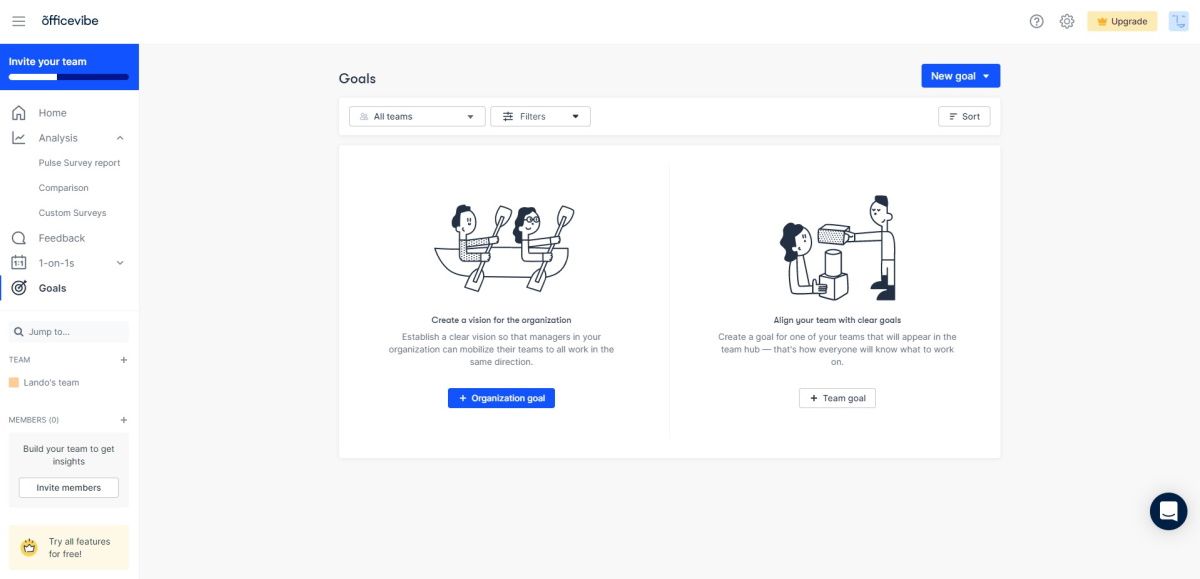
Since you don’t share the same physical space, it’s generally more challenging to get an accurate read on how your team responds to the changes accompanying remote work. If you haven’t set up a system to understand your team’s needs and how to respond to them, you might find yourself with an underperforming workforce.
So, how do you create a safe environment for employees to freely offer feedback that enables you to make informed decisions to build a productive distributed team?
Officevibe is an employee engagement tool that enables you to stay close to your team and improve engagement in your workplace through smart pulse survey questions. This tool allows your people to respond anonymously, creating a safe space for them to express how they really feel. You can then review the survey results, respond through the app, and work with your team to find solutions.
5. Document 360 for the Lack of Centralized Information
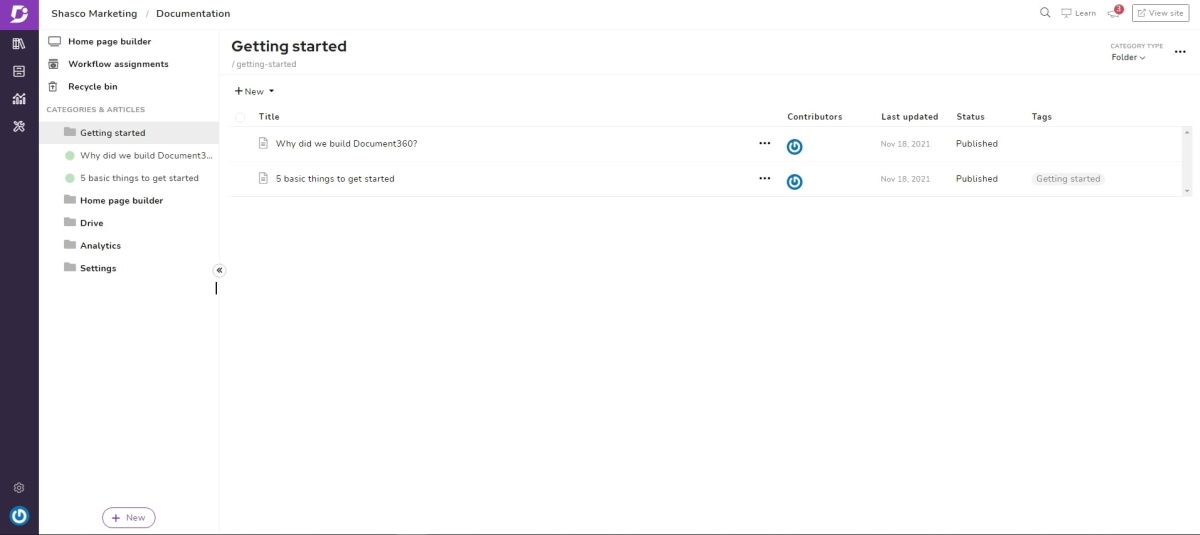
When working remotely, you might often struggle to find information, particularly when it is scattered across different tools, which can significantly decrease productivity.
You can solve this problem by creating a centralized knowledge base with Document 360 to keep and access information quickly. This tool helps you make an online library for all your documents, files, and resources that can be accessed by different teams or departments. This way, your people can easily search and access the information they need, boosting work performance as a result.
Paying attention and finding solutions to the challenges that are bound to arise in a distributed environment is key to running a high-performance remote team.
That said, you can set up effective processes using the right tools to help your employees thrive. You can leverage the tools above to help your people perform at their best.
Read Next
About The Author